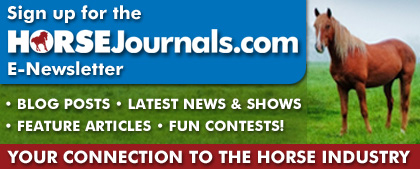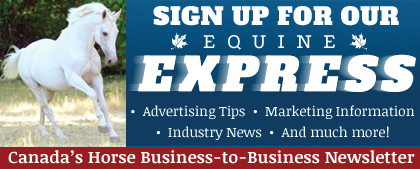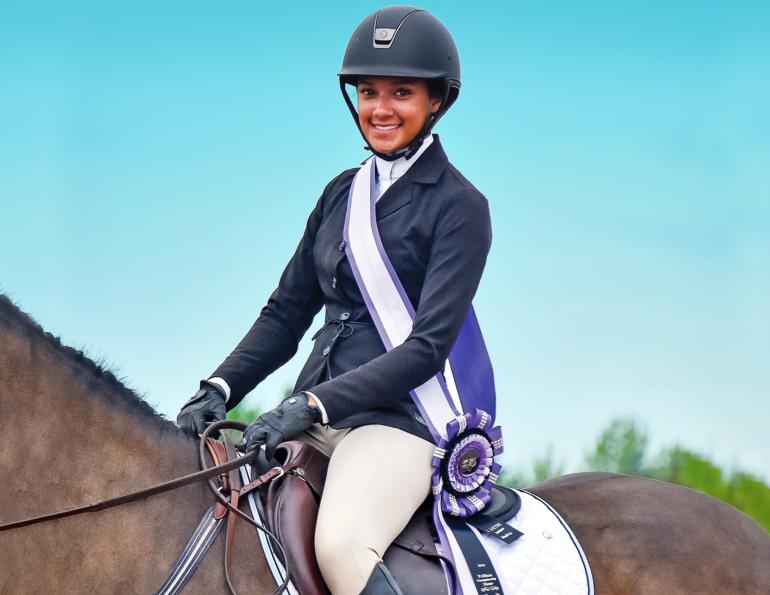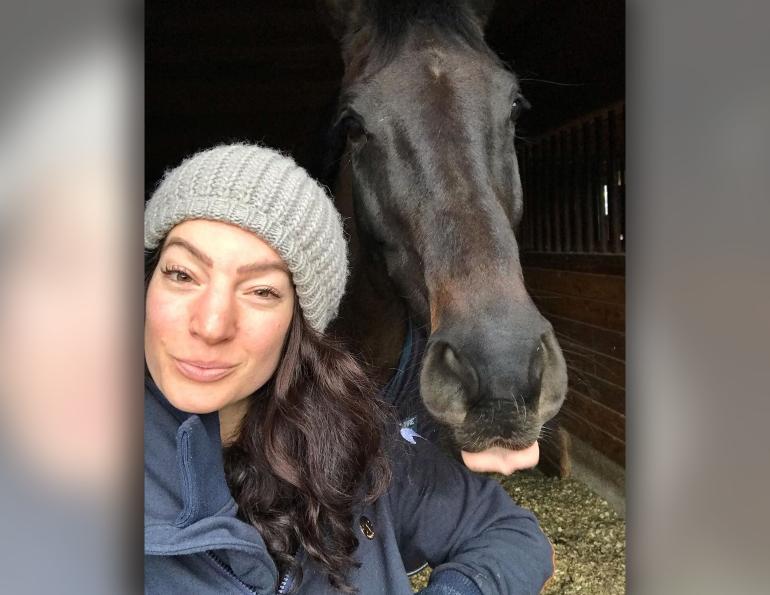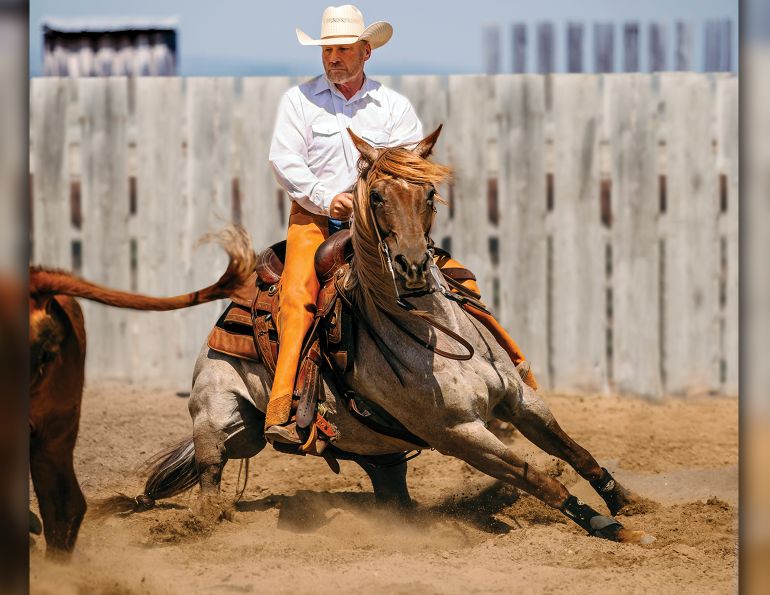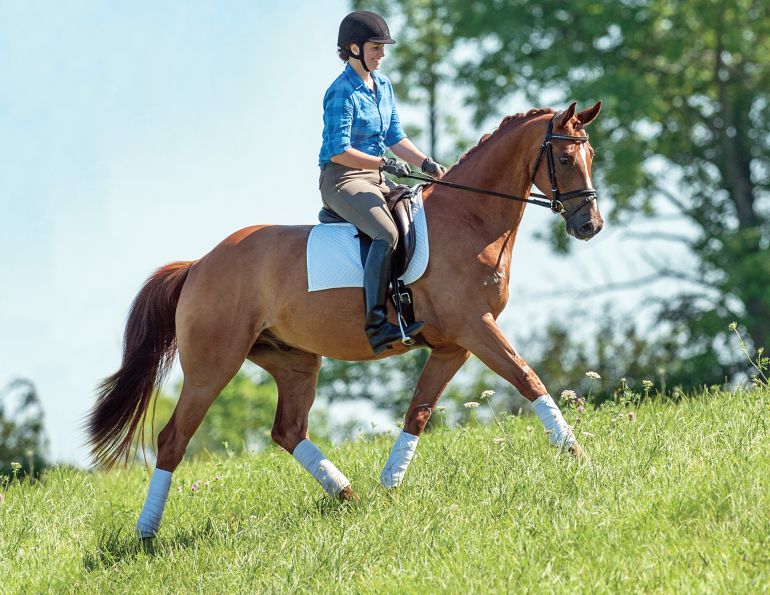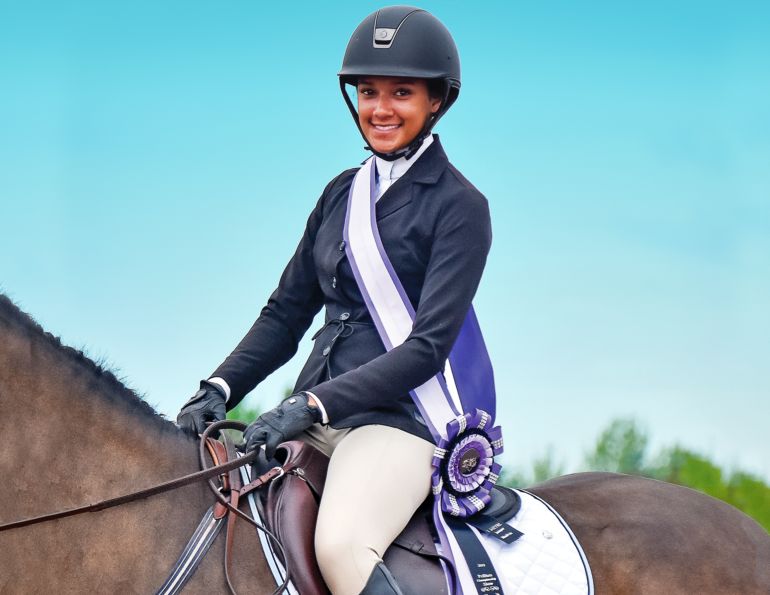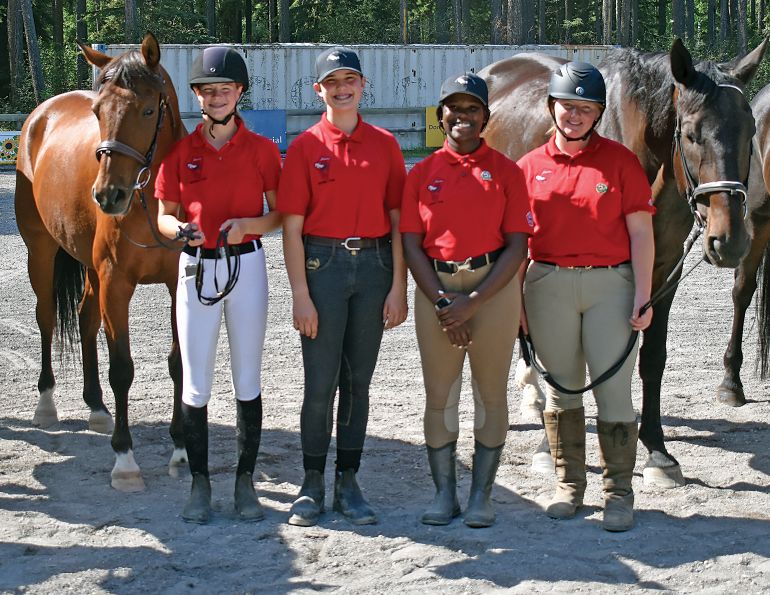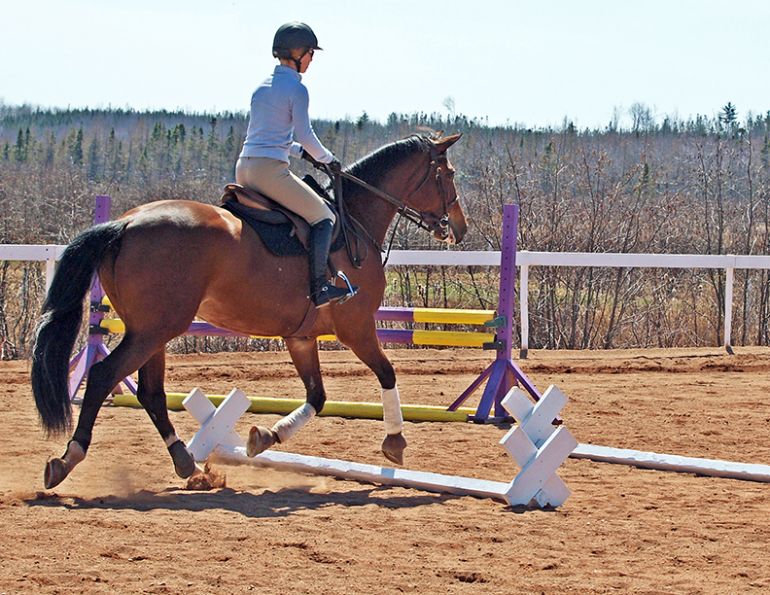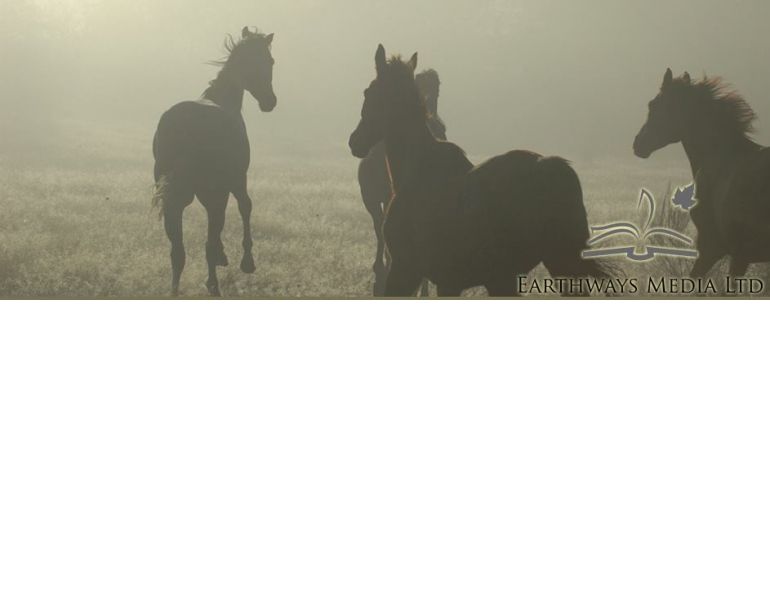With Lisa Coulter
By Jess Hallas-Kilcoyne
Contact is the connection that exists between the rider’s hand and the horse’s mouth. The connection is generated by the rider not only through the use of rein aids but with aids from the seat and leg also, and is felt by the horse not only in his mouth but throughout his entire body, making contact a more all-encompassing concept than simply rein contact. So how exactly should we define contact for the reining horse? Why is it important? How is it achieved? And what does it feel like?
“Contact in reining is the ability to guide our horses expertly through a pattern with no visible [rein] contact,” says top Canadian reining trainer, Lisa Coulter. “Contact is the ability to do high level maneuvers with a loose rein. So we may look disconnected from our horses but the truth is our level of contact is extreme, with the highest level of confidence and trust.”
Despite the apparent differences between English and Western versions of contact, Lisa says “I feel the concept of contact is very much the same in all disciplines. Whether a horse is jumping a fence, performing a piaffe, or sliding 35 feet, he must be connected to the rider through the leg, hand, seat, and voice aids.”
That being said, there are a few aids that are specific to the Western disciplines, such as the neck rein.
“The neck rein is the rein that is applied to the horse’s neck to help guide him,” Lisa explains. “We teach our reiners that when they feel the rein on their neck, they are to move away from it. I take that one step further and also ask that when the neck rein is applied, my horse also looks into the direction in which I’m guiding him. That means that the horse must learn that when he feels the right neck rein, for example, he must turn his head to the left and look into that direction.”
|
Note in this spin that Lisa’s mount turns his head to the right, into the direction indicated by her left neck rein. |
Here’s how Lisa teaches her horses to look into the direction of the neck rein.
Exercise #1: Look into the Direction of the Neck Rein
Ride a large circle with both hands on the reins (the aim is to progress to one hand when the horse is more advanced). With your hands slightly forward, softly apply a right neck rein to the horse’s neck, keeping a very light feel. “The neck rein needs to have a bit of slack in it,” says Lisa, “and be applied in front of the wither and up the neck a few inches.” As you apply the right neck rein, pick up your left inside rein and take a steady, direct contact until he gives to the pressure. “I want him to soften and bend to the direct rein while feeling the weight of the indirect neck rein,” Lisa explains. “I keep my direct rein slightly elevated in an effort to keep the horse’s inside shoulder up.” As soon as your horse softens to the inside, release. Throughout the exercise, keep both legs on and drive the horse quietly forward.
After practicing this exercise for a few training sessions, expect that your horse will begin to look to the inside as soon as he feels the neck rein. At first he might only hold this position for a step or two, but with repetition, making sure you release the direct rein immediately when he softens to the inside, the horse will learn to maintain it.
“When we spin our horses we need them to feel the neck rein for direction and have their heads look into that direction to spin correctly,” says Lisa. “When we roll back, we apply the neck rein and need our horses to respond by turning their heads in the direction asked for, followed by their bodies…if our horses don’t respond correctly to our neck rein contact, that’s just bad connection.”
Lisa knows she’s achieved good contact when her horse responds to minimal aids. “When I close my baby finger around the rein and have my horse respond, I know I have contact,” she explains. “When I push my seat deeply and my horse slides 35 feet, I know I have contact. When I lightly squeeze my calf and my horse rounds and softens with a flopping rein, I know I have good contact. Contact feels like the rider has whispered a message and the horse responds with a very loud ‘Yes, ma’am!’”
Teach your horse to listen to your whispers with this next exercise, the “No Hands” Stop.
|
The “No Hands” Stop teaches your horse to respond to your seat, not just your rein aids, and is excellent preparation for training your horse to do sliding stops. |
Exercise #2: “No Hands” Stop
Begin in walk on a straight line then ask for a stop using only your seat to cue your horse and leaving your reins loose. And how does a rider use her seat to communicate to the horse that she wishes him to stop? “I simply sit deeply in my saddle with a slight tilt-up of my pelvis,” says Lisa. “I release my legs completely and take them away from my horse’s sides. I keep my hands still with a loose rein. I round my lower back and quit all movement. The only point of real contact is my seat. It should be solidly deep in the saddle with the seat pockets almost unseen as they are rolled into the saddle seat.”
If your horse responds to your seat and stops, pat him and reward him by allowing him to stand still. If he continues in walk, pick your hands up and ask him to stop. Then walk on and repeat the exercise.
“Some horses respond and learn quickly, and will grasp the concept in days,” says Lisa. “Other horses may require weeks.” Above all, Lisa stresses the importance of patience. “It’s easier and quicker to jerk or pull, to punish or intimidate a horse into doing these basic exercises. However, jerking and pulling will not lead to confident horses who respond to slight, subtle contact. Horses learn from reward and repetition…and repetition will win in this effort.”
With practice, your horse should progress to stopping from the jog and lope in response to your seat. This exercise lays the groundwork for training sliding stops in the future.
|
About Lisa Coulter |
This article originally appeared in the August 2012 issue of Canadian Horse Journal as part of "3 Takes on Training: Connect with Contact."
Main Article Photo: Waltenberry



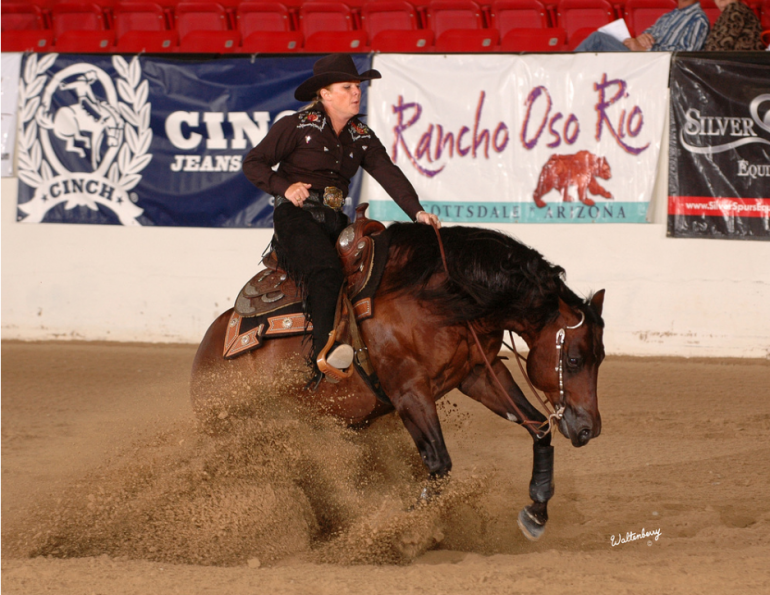
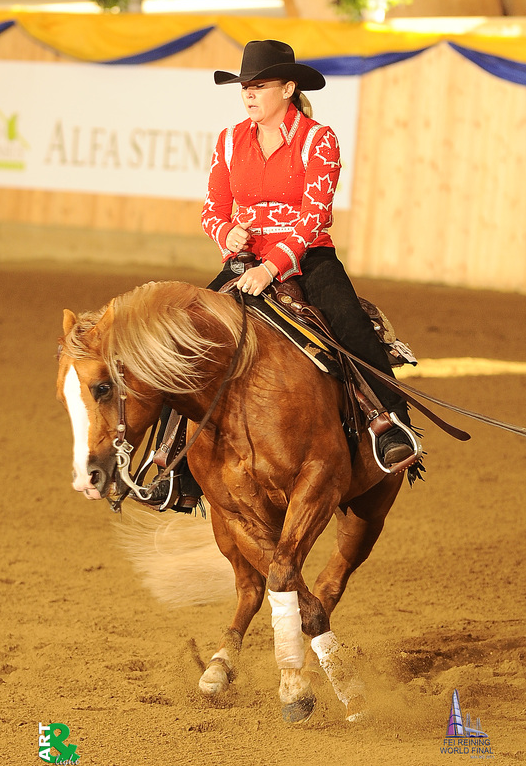 Photo: Art & Light Photography
Photo: Art & Light Photography Photo: Waltenberry
Photo: Waltenberry